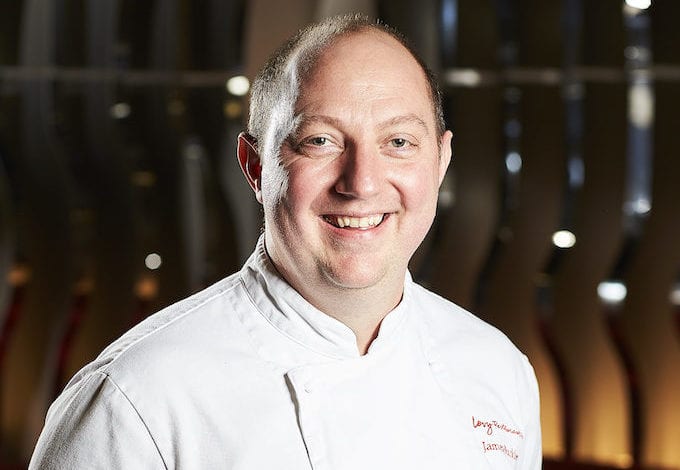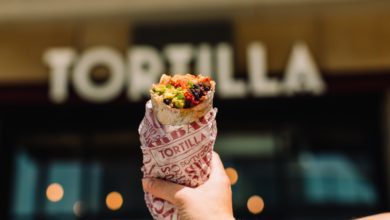CommentCoronavirus
Creativity and innovation: Catering large events in a post-Covid world

We don’t yet know when large events will return with people in attendance, but while the finer details remain to be seen we can perhaps rely on a few assumptions. We know that timescales are likely to be cautious, rather than rushed.You'll need to
subscribe to unlock this content. Already subscribed? Login?











